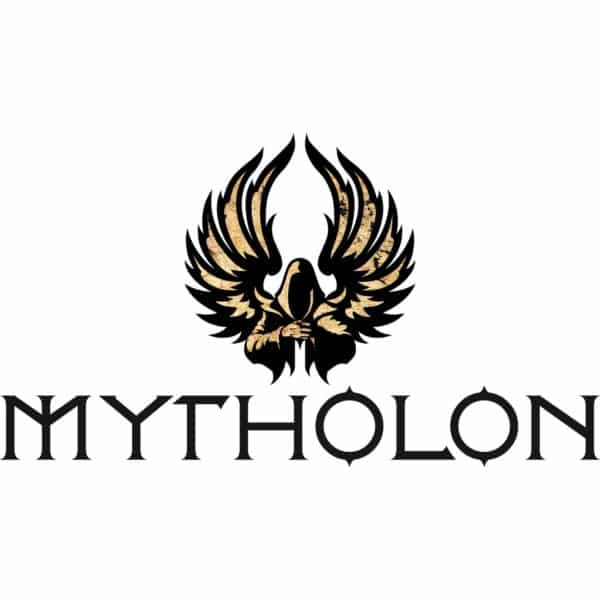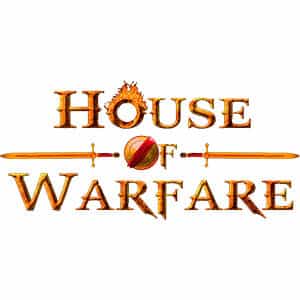Smoke rises from Domažlice.
The crosses of St. George, patron saint of the Crusaders, fluttered above the 50,000-strong besieging army. Beneath it were a myriad of other banners, pennants, and sigils, heralding the pan-Catholic alliance drawn from across the Holy Roman Empire, the Italian states and the loyalist Hungarian nobility – arrayed to crush the heretical Hussites. The defenders of the town knelt in silent prayer, punctuated by the deafening crash of artillery, as another hole was blasted in the old town walls, or another building was bought crashing to the ground in flames. They had endured the unceasing barrage for a week – barely. How much longer could they last? Where was Father Prokop and the relief army?
But the red-robed Cardinal Cesarini surveyed the sprawling siege-works from his destrier with consternation. The hastily-erected encircling wagons would prove little use if the expected relief army arrived soon. But no matter, they must be fifty miles hence – two days at least – plenty of time to storm Domažlice, and then defend it against the bald old coot and his zealots.
At that moment, murmurs began to spread amongst the troops. Then they broke out into cries of disbelief. Cardinal Cesarini wheeled his horse about, and to his horror, saw lines of Hussite wagons upon the far ridge, accompanied by serried ranks of marching pikes, like a forest on the move. At their head, the Cardinal could see, was a cassocked figure with a bare sunburnt pate, shining the way like a beacon for his flock. The Crusaders were standing now, pointing and muttering, hastily gathering up arms and making for the wagons.
And then it hit them. The Hussite battle hymn slammed into the Crusading army. With the unified power of twenty-thousand throats, it sounded like the avenging voice of God Himself, echoing around the valley like rolling thunder: “Ktož jsú boží bojovníci…”
The Crusaders’ faith shattered. First it was one knight, tears streaming down his face – then it was a dozen, then hordes of disordered soldiers in various states of armament were streaming past Cardinal Cesarini. He grabbed at them ineffectually, screaming at them to stand and face the Devil. And then, before he knew it himself, the Cardinal was galloping with them, his wide-brimmed hat lost and trampled into the mud. If they could reach the Bohemian Forest by nightfall they might outrun the Devil upon their heels.
But few did.

The rout before the gates of Domažlice was a critical turning point in the Hussite Wars: where a united Bohemian religious movement had stood almost alone against the combined might of the Holy Roman Empire for more than a decade. Five Crusades had crashed over this Central European Kingdom-without-a-King – and still, the Bohemian Hussites held firm. They would only be felled by the cynical manipulation of internal divisions within their movement.
Nevertheless, the Hussite Wars (also called the Hussite Revolution) would change the course of European history: it would seed the first national Church to break with Rome, and it would spark the general conflagration of the European Reformation in the following century. As it turned out, the flames lit by the burning at the stake of a peaceful reformer called Jan Hus would eventually consume all of Christendom. In Part 1 of our three-part epic series on the Hussite Wars, we shall see Bohemia’s descent into madness. Like the bundles of wood stacked around Hus’s stake, the Kingdom of Bohemia was a pile of flammable flashpoints: domestic political intrigue, dynastic claims of foreign kings, and overbearing Church leaders bent on snuffing out dissent. Here, we shall build the pyre for the Old World – and in Part 2, we shall watch the fires spread. By the beginning of Part 3, the Hussites were locked in a mortal struggle against all of Christendom – which they would win. But foul treachery marred the Hussite victory, and though the battles won by the Hussite militias would secure the existence of the first independent national Church to split with Rome, its sacrements would leave a bitter taste in the mouths of many.
The Vatican Standoff and the New Heretics
We traditionally think of the 16th century as the time of great religious schism in Europe, dominated by great figures like Henry VIII of England, whose titanic struggle with Rome resulted in the creation of the Church of England. But the scene for the epic scenes of the Hussite Wars was thoroughly set generations before, in the religious struggles of the late 14th century.
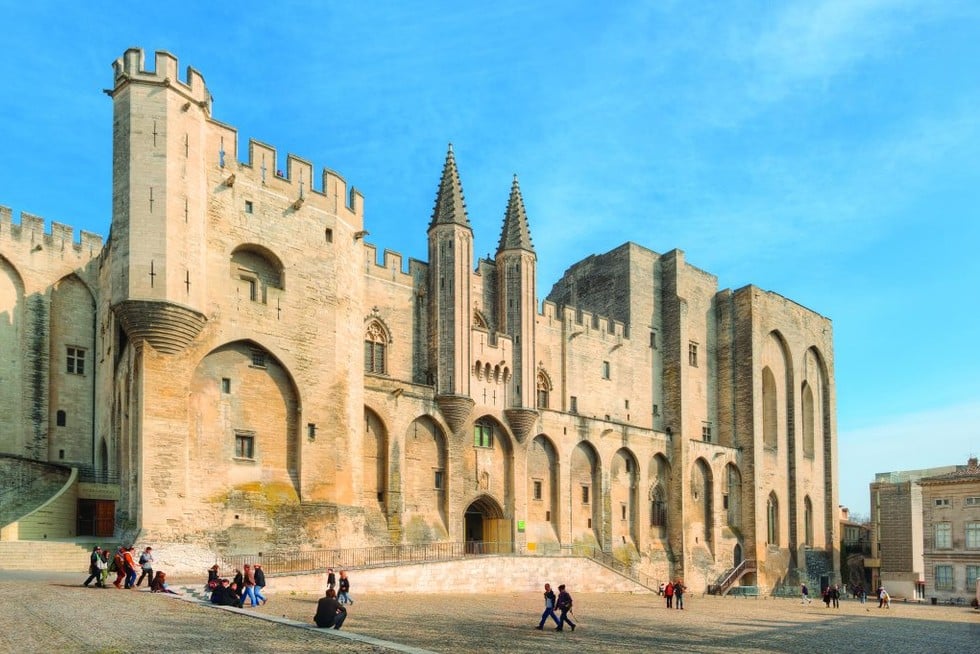
The Roman Catholic Church – and the Papacy itself – had become embroiled once again in temporal affairs. In 1309, a dispute between the Kings of France and a succession of Popes resulted in the Papacy decamping from Rome, for the first time in its thousand-year history, to the Burgundian town of Avignon, where the Kings of France could keep a close eye on them. The ‘Avignon Papacy’ became widely discredited as a partisan and corrupt institution – and their widely-reviled revenue-generation tactics, like the sale of indulgences (remittance of sins in return for money) and simony (selling Church offices) confirmed all of the accusations levelled at them by the growing reform movement.
In 1378 CE, disgust with the Avignon Papacy became so great that, against a chaotic backdrop of rioting commoners in Rome, the College of Cardinals elected two different Popes: Urban VI and Clement VII. These two claimants quickly coalesced into two rival camps of European states: Urban became the ‘continuity’ Avignon candidate (now recognised as an illegitimate anti-pope), garnering the allegiance of France, Castile, Naples, and Scotland, whilst Clement (the legitimate Roman Pope) was supported by the Northern Italian city-states, England, and the Eastern European kingdoms of Poland, Hungary – and Bohemia. This fracturing of the Catholic Church is known as the Western Schism or, in a name somewhat reminiscent of a Western movie, the ‘Vatican Standoff’.
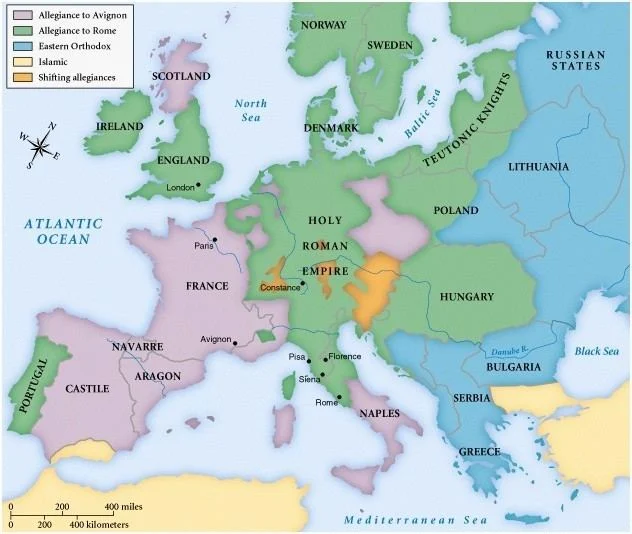
This religious turbulence did not spring forth from nowhere. There were flourishing movements across Europe which dared to call into question some of the fundamentals of the Catholic Church. Known collectively as the ‘proto-Reformation’, they were only further fuelled by the Avignon Papacy and the Vatican Standoff. John Wycliff, a dissenting English clergyman, criticized the decadence of the Church, questioning why the universal religion should only be accessible to lay parishioners via a book written in incomprehensible Latin, and interpreted by church officials bedecked in wealth and finery. He produced a version of the Bible written in vernacular Middle English, an act considered sacriligious by the Church, and which was blamed for inflaming the Peasants Revolt of 1381. Catherine of Sienna was preaching for reform of the clergy across Europe in the 1370s, advocating a mystical, unmediated relationship with the divine; her influence was critical in ending the Avignon Papacy. As well, the Waldensian cult of Christian asceticism had spread from its French origins, across the Cottian Alps and eastward into Central Europe.
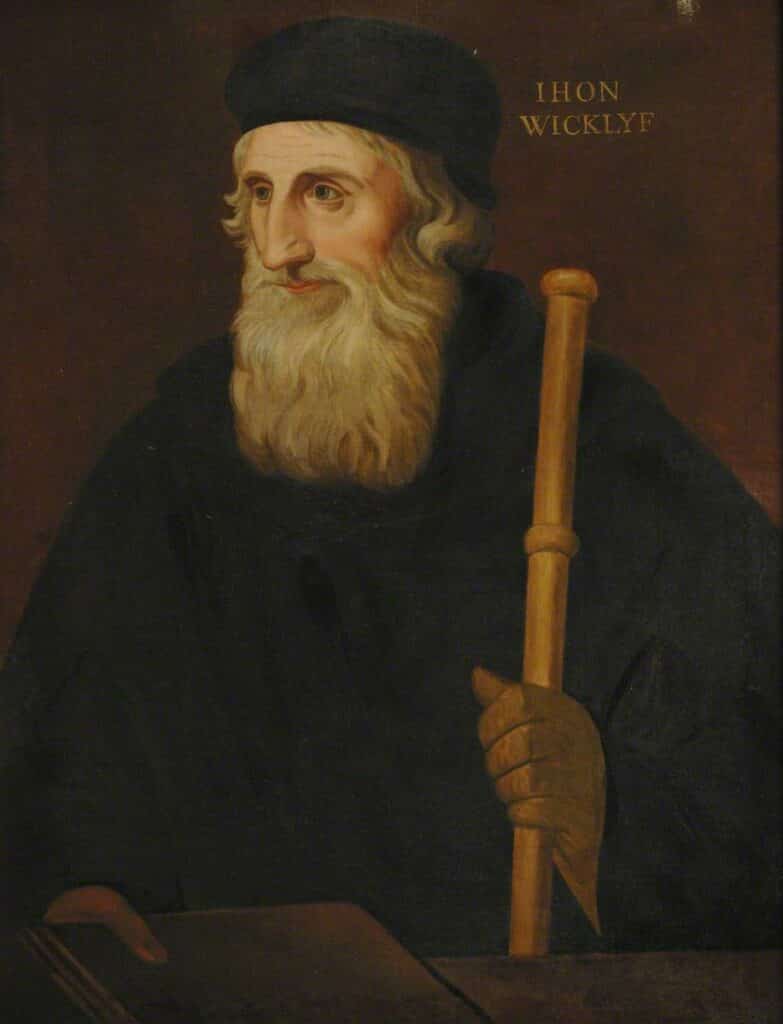
Europe was already smouldering with new, radical ideas. Where would these sparks catch light? In the Crown of Bohemia – fanning the flames of dissent into the Hussite Wars.
The Holy Crown of Bohemia
Behind Avignon, Rome and Paris, Prague had the largest number of clergy of any city in Christendom. It sat at the center of a wealthy, urbanized kingdom which was the beating heart of the Holy Roman Empire. The Dukes of Bohemia had become part of the Empire in the 12th century, but their dynamism and wealth quickly propelled them to the forefront of Imperial politics, and by the 14th century, the King of Bohemia was a serious contender for the Imperial title of ‘King of the Romans’ – or Holy Roman Emperor. Emperor Charles IV was the first Bohemian King to become King of the Romans in 1348, founding the (modestly self-titled) Charles University in Prague and catapulting Bohemia into a golden age – but the end of his long rule in 1378 also marks the end of stability both in Bohemia and in the Empire as a whole. The throne of Bohemia and the title of Emperor both passed to his son Wenceslaus IV, just as the Papal schism was blossoming in Rome and Avignon, with Europe dividing into rival camps. Whilst Wenceslaus had received the Crown of Bohemia and the Imperial title, the rest of Charles’s sprawling holdings had been split up amongst his family: Wenceslaus’ younger brother Sigismund had been bequeathed the Dutchy of Brandenburg, and he became King of Hungary soon after. This powerful rival would be an ever-present danger for Wenceslaus and for the security of Bohemia.
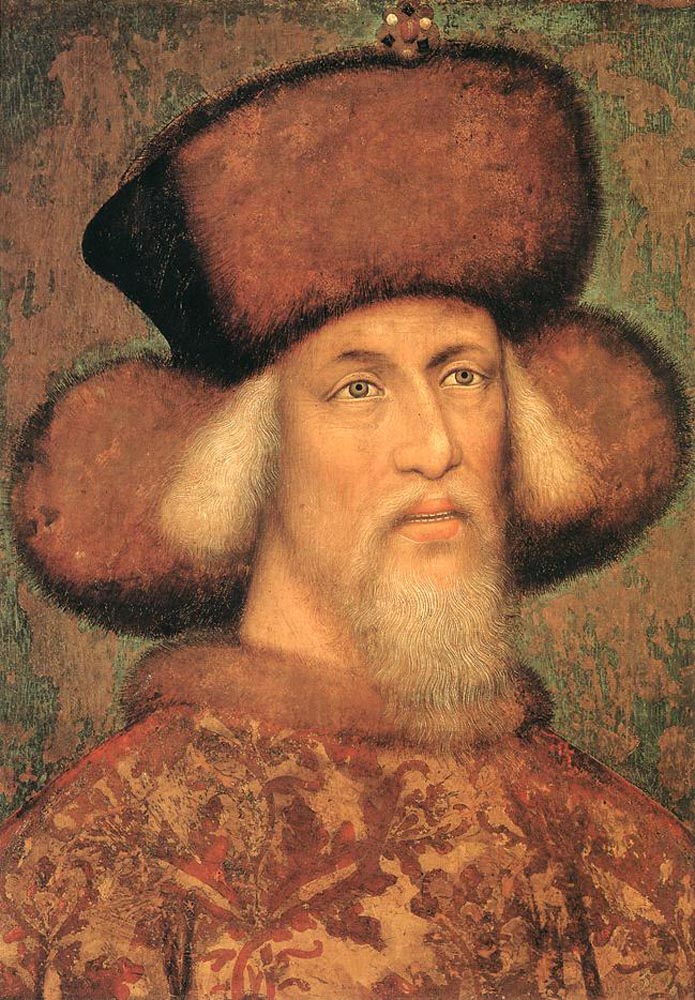
Opposed on the one side by a power-hungry brother, on the other were the Bohemian nobility. Led by members of the rising House of Rosenberg, the late-feudal nobles were unusually independent and fiercely protective of their ancient rights. This second camp within Bohemia was a powerful channel through which religious frustration and popular discontent could be expressed. Wenceslaus proved to be unable to juggle these competing demands. Facing repeated noble rebellions in the 1390s, and with the Holy Roman Empire descending into religious conflict over the Vatican Standoff, Wenceslaus was deposed as Emperor by his younger brother Sigismund, and remained largely at the mercy of his younger brother’s Hungarian armies thoughout the rest of his reign. The Empire was without an Emperor, at a critical moment in its history.
The Martyrdom of Jan Hus
The nexus for all of these swirling political and religious trends in late 14th century Europe was a Southern Bohemian peasant’s son called Jan Hus. Hailing from poor and largely obscure origins, Hus was born about 1372 CE and was raised in a small monastery from a young age. He proved to be a very bright and diligent student, and the young Hus’s prodigious intellect quickly outgrew his humble origins. When he came of age, he enrolled at the Charles University of Prague. Whilst Medieval universities were absolutely seats of learning, there was no formal division between religion and scientific endeavour, as we have today: rather, they were institutions of scholastic thought that sought to better understand the word of God. Their rulings were critical in determining the shape of Late Medieval theology, and they were by necessity political institutions as well, in a world where the word of God could be wielded for direct advantage.
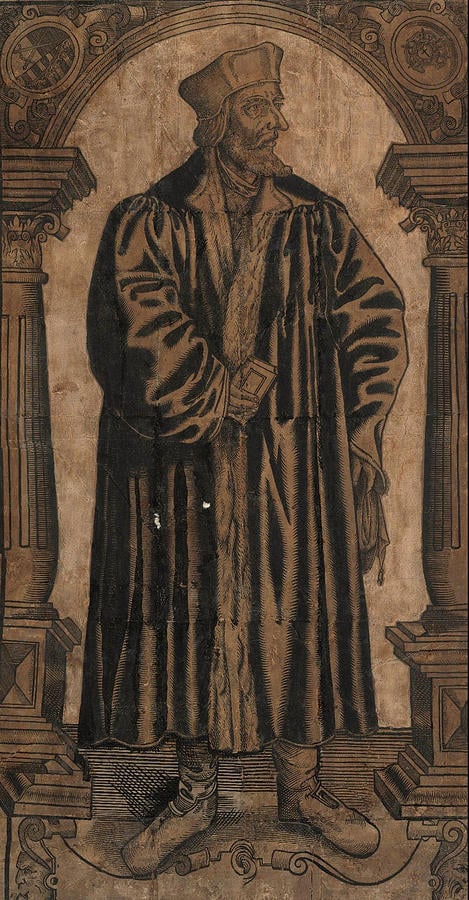
Hus’s intellectual world in the closing years of the 14th century was alight with the ideas of the proto-Reformation, and multifarious responses to them. Finding himself on the radical edge of these ideas, Hus and his contemporaries were revolted by the large numbers of lavish-living priests in the Kingdom. Hus became rector of a small chapel in 1402, where he served the Eucharist daily and preached in Czech – everywhere else in Europe, mass was conducted in Latin, and the Eucharist was only taken once per year! Like his inspiration Wycliff, Hus became a trenchant critic of simony and indulgences – and his fiery declamations inspired more than one riot in the streets of the city.
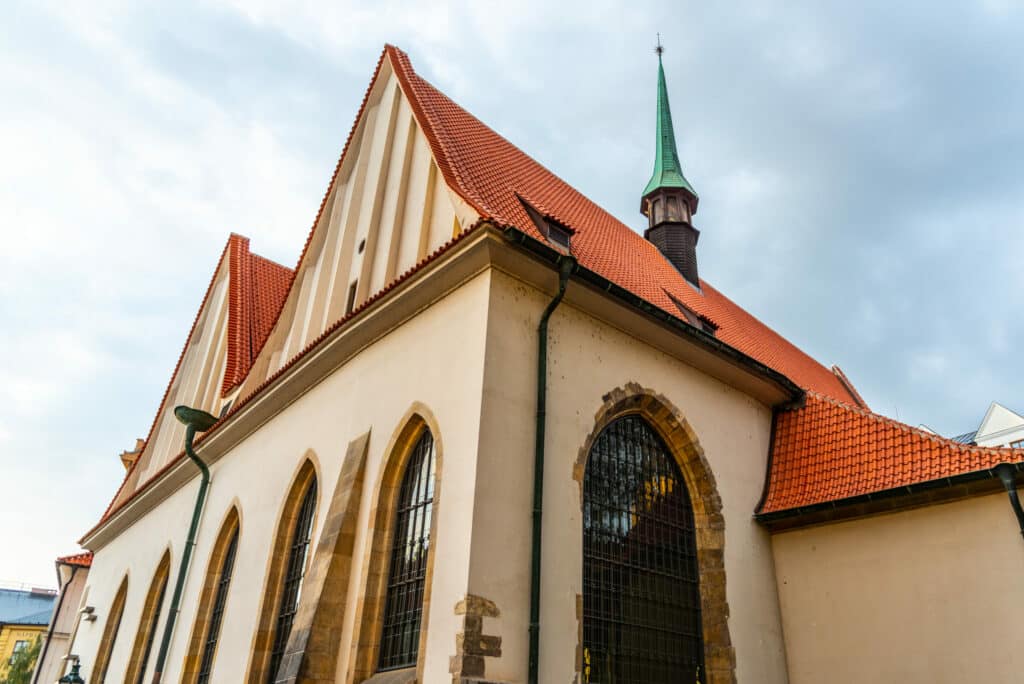
But whilst wildly popular amongst the masses of the city, and developing a growing following of ‘Hussites’ in intellectual circles, Jan Hus was making enemies. Though he became a dean at Prague University, the institution’s German overseers strongly disapproved of Hus’s heretical behaviour. Bohemia had followed the ‘reforming’ Papacy of Rome in the Western Schism, and whilst King Wenceslaus did his best to protect Hus from his detractors, he had been discredited by his dethronement from the Imperial title, so his protection was limited. Sigismund of Hungary, the King’s overshadowing younger brother, had made it his mission to end the Schism and to reunite the Church under one Pope. As a master of the University, Hus was summoned to the Council of Constance, where the Schism was being hashed out once and for all, under an agreement of safe conduct with Sigismund.

But Sigismund failed to live up to his end of the bargain. Over the (weak and self-serving) protests of the Hungarian King, Hus’s enemies arrested him and put him on trial for his ‘Wycliffite’ views. Hus’s trial was to be one of a number which were designed to re-unite Catholicism through the scapegoating of dissenters, and even the long-dead John Wycliff was tried in absentia – after his inevitable conviction, his skeleton was exhumed and symbolically burnt at the stake. At his trial, Jan Hus was unrepentant – refusing all offers to recant, even refusing pleas from Sigismund himself. Hus is quoted as saying, prophetically: “you may kill a weak goose (‘hus’ in Czech), but more powerful birds, eagles and falcons, will come after me”. For the crimes of heresy, Hus was burned at the stake on 6th July 1415.
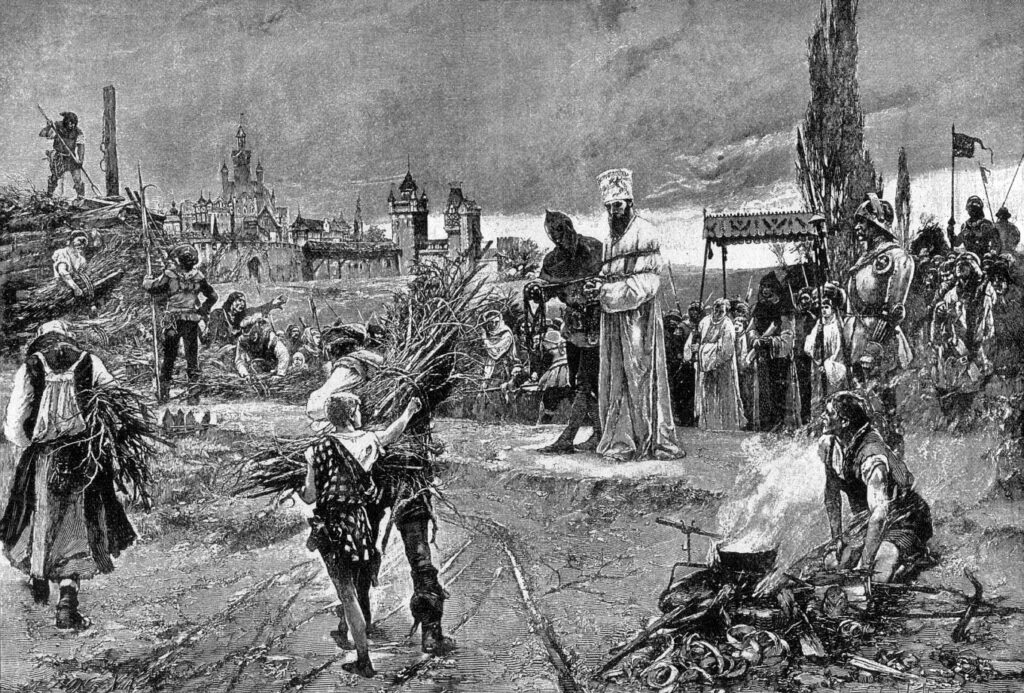
Jan Hus is recognised today as a towering figure of the Reformation, prefiguring all of the religious conflicts to come – and he is revered as a foundational figure in Czech history (incidentally, Hus’ writings have been credited with inventing the system of diacritical marks that the Czech language still uses today). But the execution of Jan Hus would not just bring war to Bohemia – it was the torch which lit the flames of Reformation. Part 2 our analysis of the Hussite Wars will see Hus’s supporters take to the streets: they will overturn the old order, and they will renounce Catholicism forever. They will create modern warfare, using new technology and tactics to annihilate the feudal order. And Part 3 will show how, after fifteen years of war against the rest of Christendom, they will be betrayed by their own brothers. But not before shining the beacon towards a world no longer ruled by Popes and Kings.

 Historical Swords
Historical Swords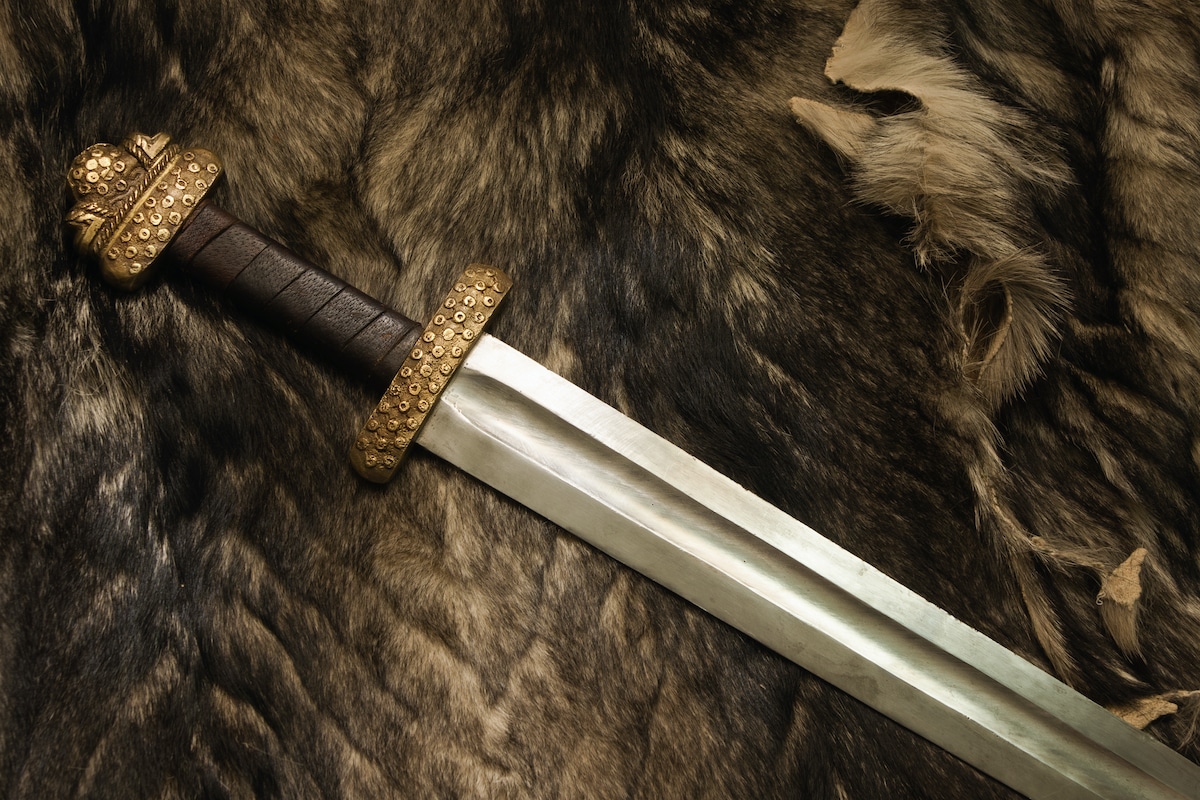 Norse & Viking Swords
Norse & Viking Swords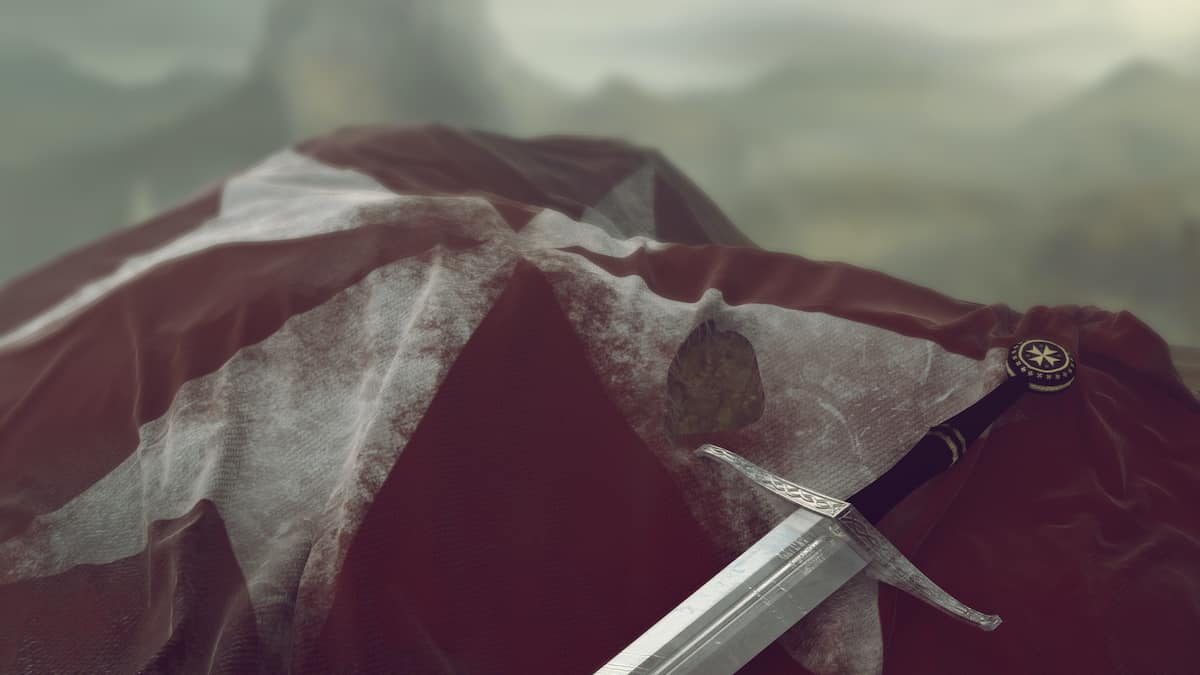 Templar Swords
Templar Swords Claymore Swords
Claymore Swords Fantasy Swords
Fantasy Swords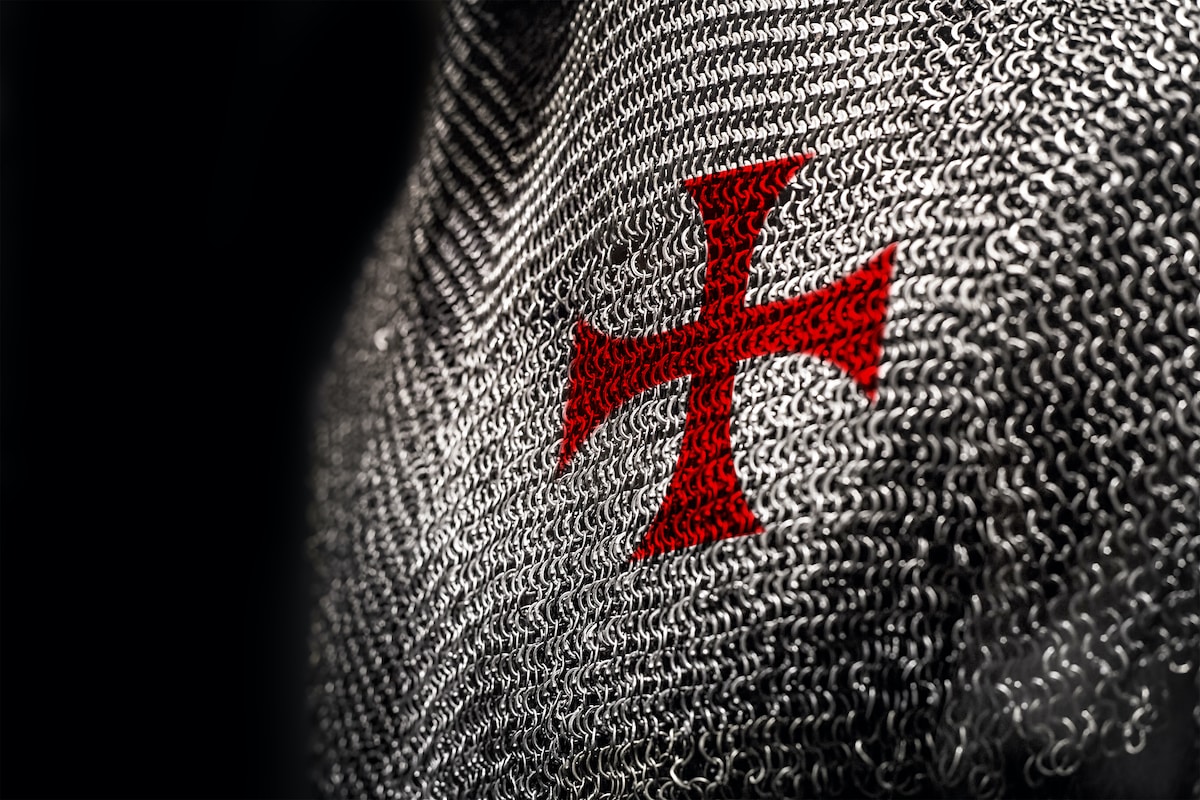 Chainmail
Chainmail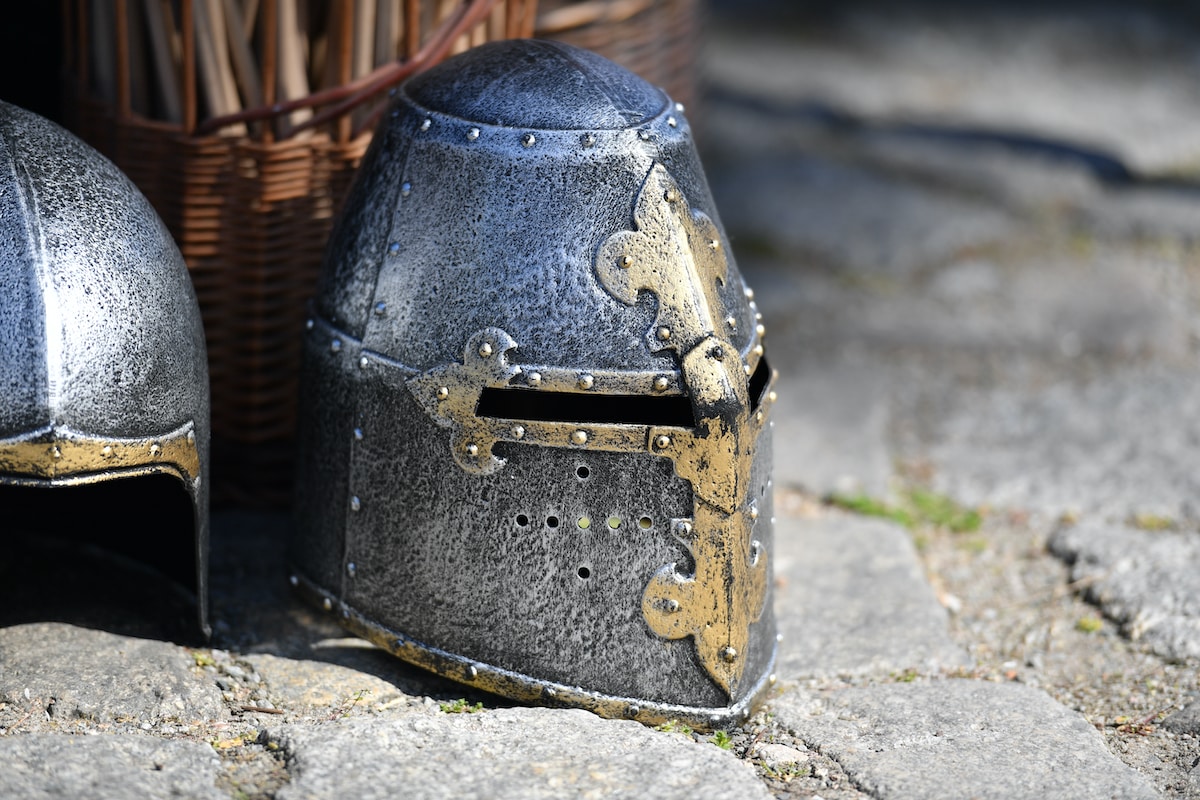 Helmets
Helmets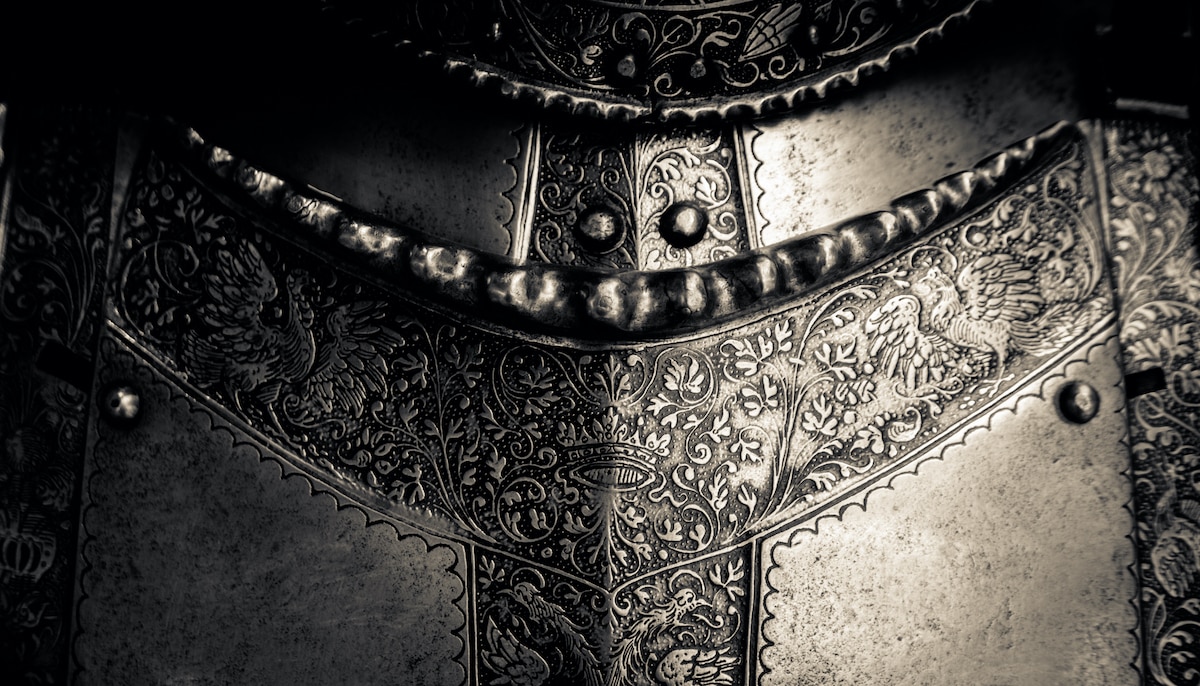 Torso Armor
Torso Armor Bracers and Arm Protection
Bracers and Arm Protection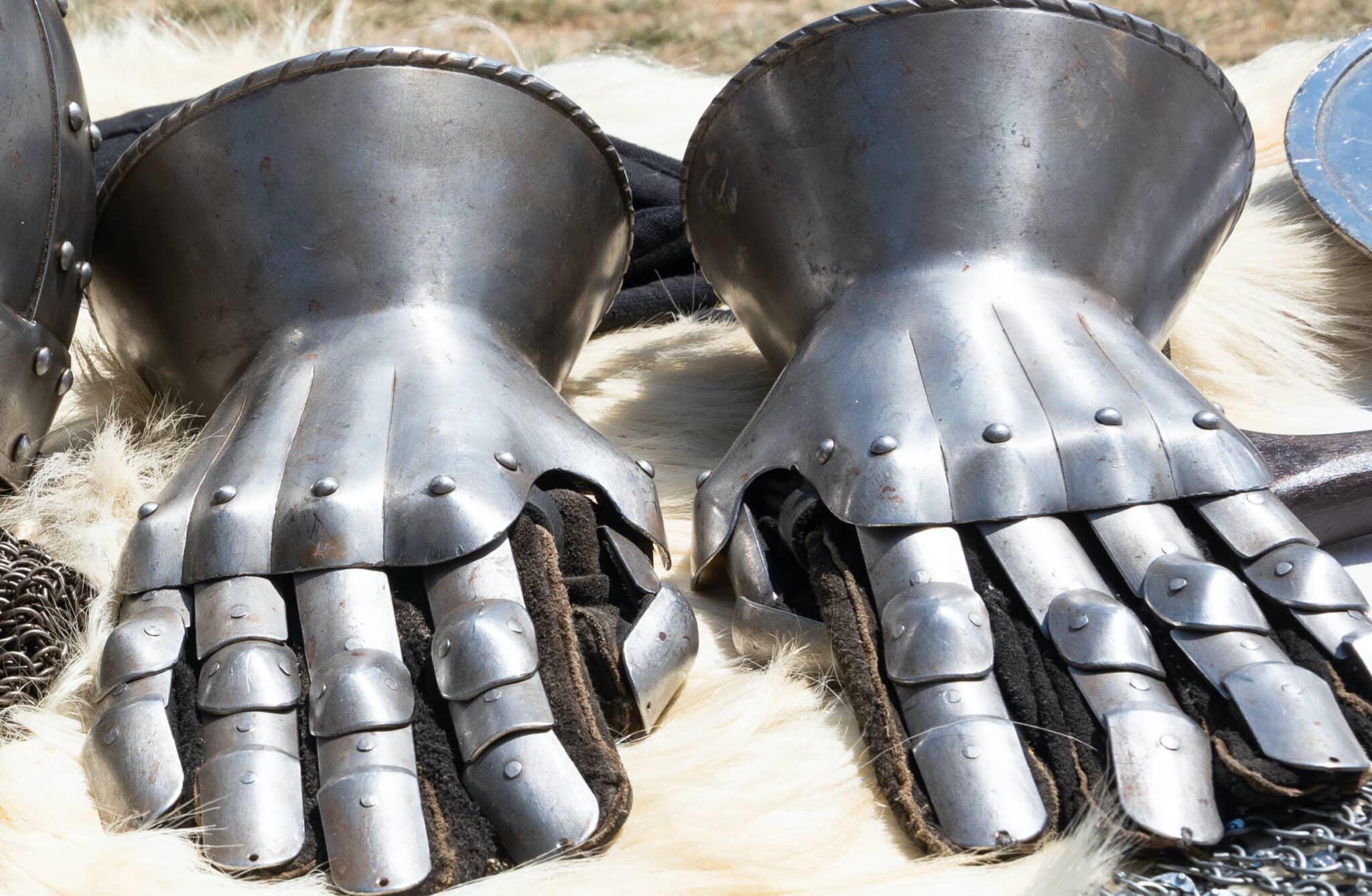 Gauntlets
Gauntlets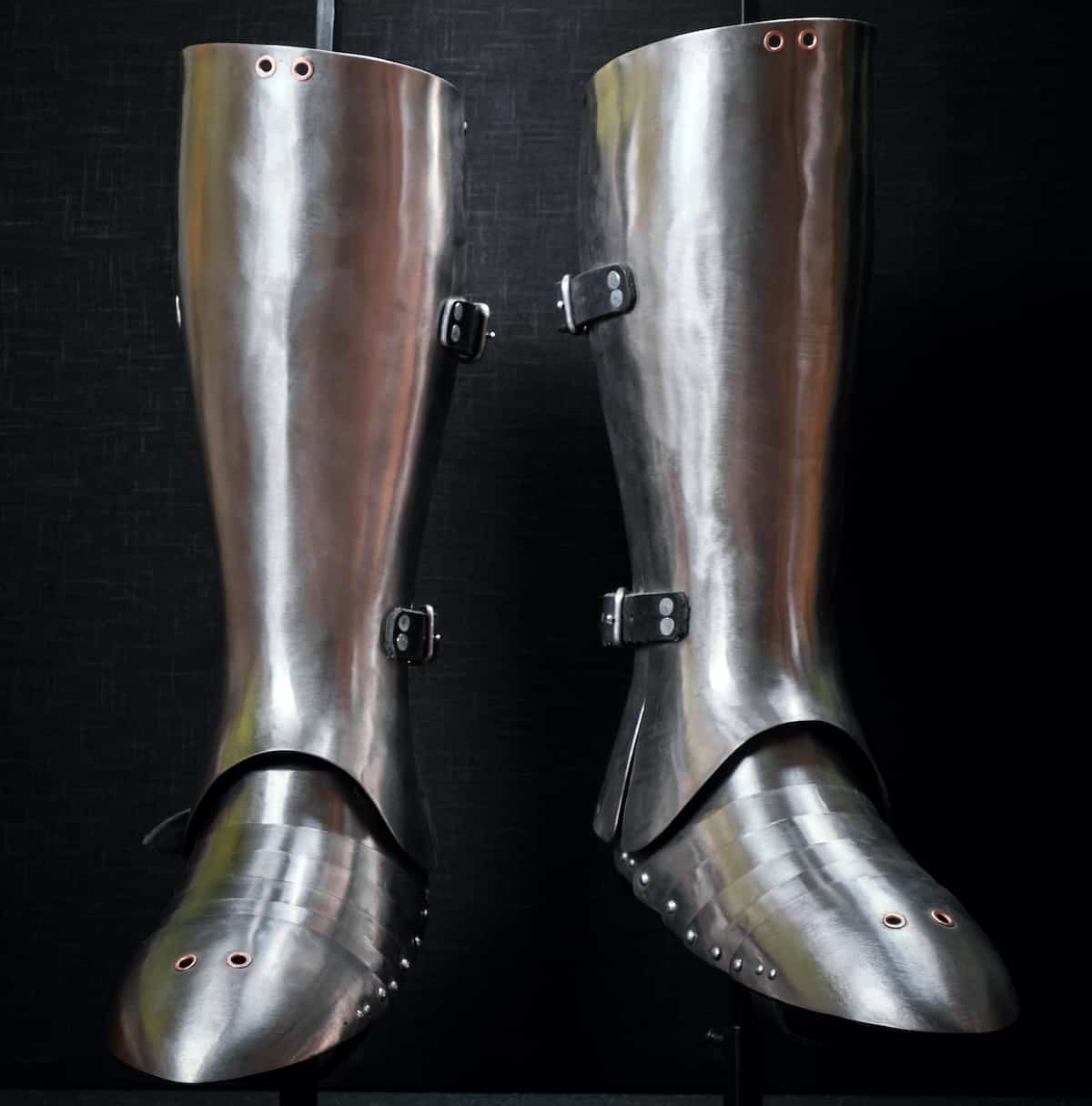 Leg Armor
Leg Armor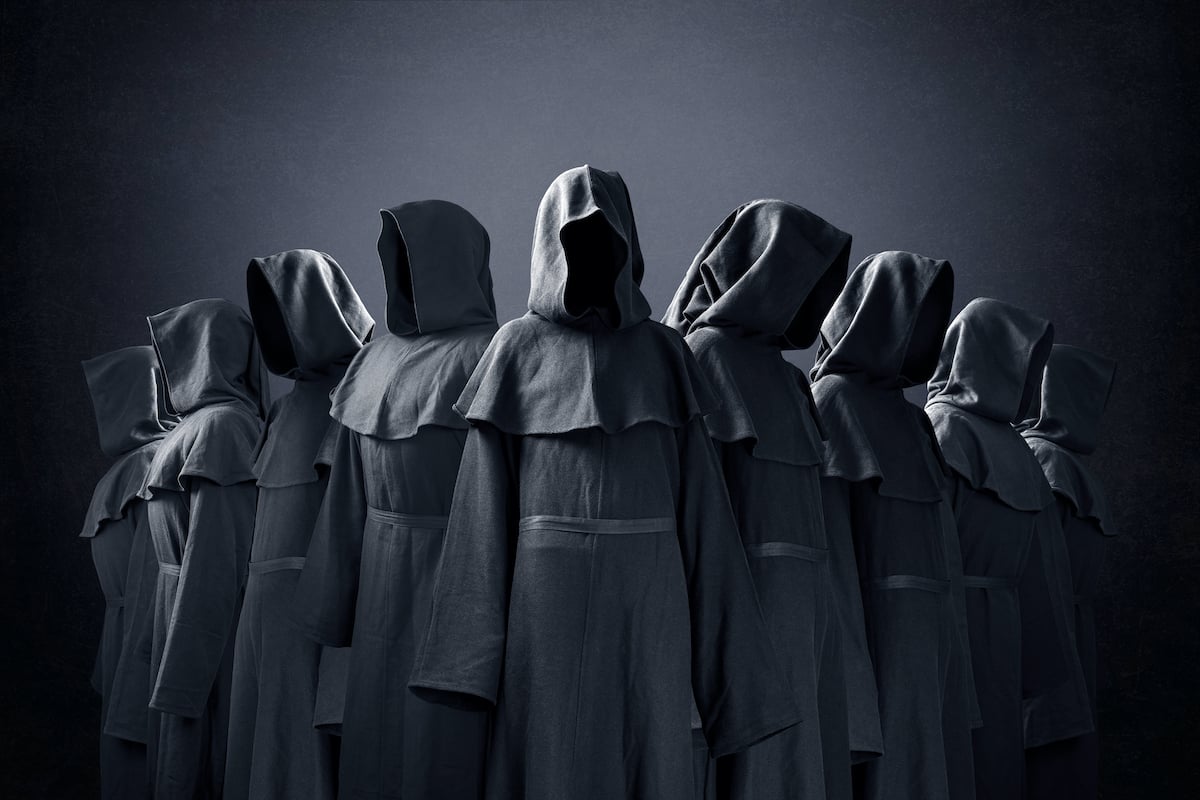 Cloaks
Cloaks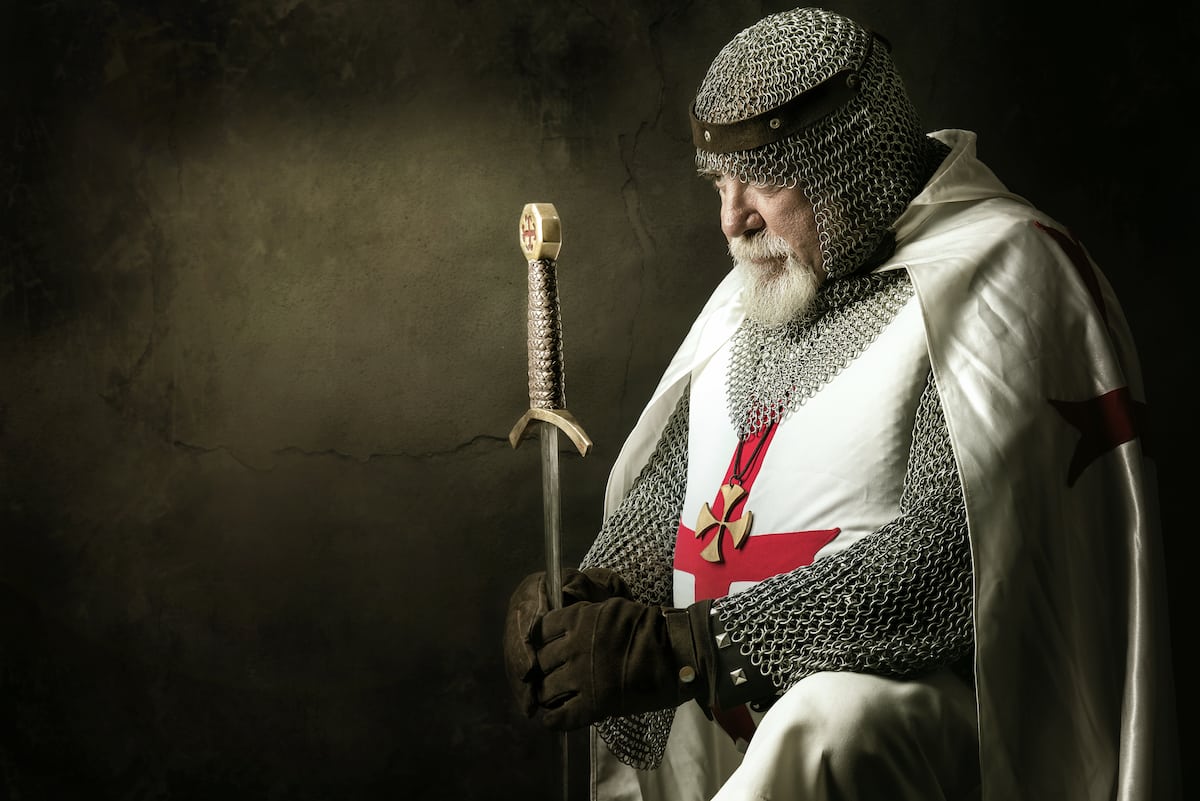 Tabards
Tabards Shirts
Shirts Tunics
Tunics Dresses
Dresses Pants
Pants Gloves
Gloves Belts
Belts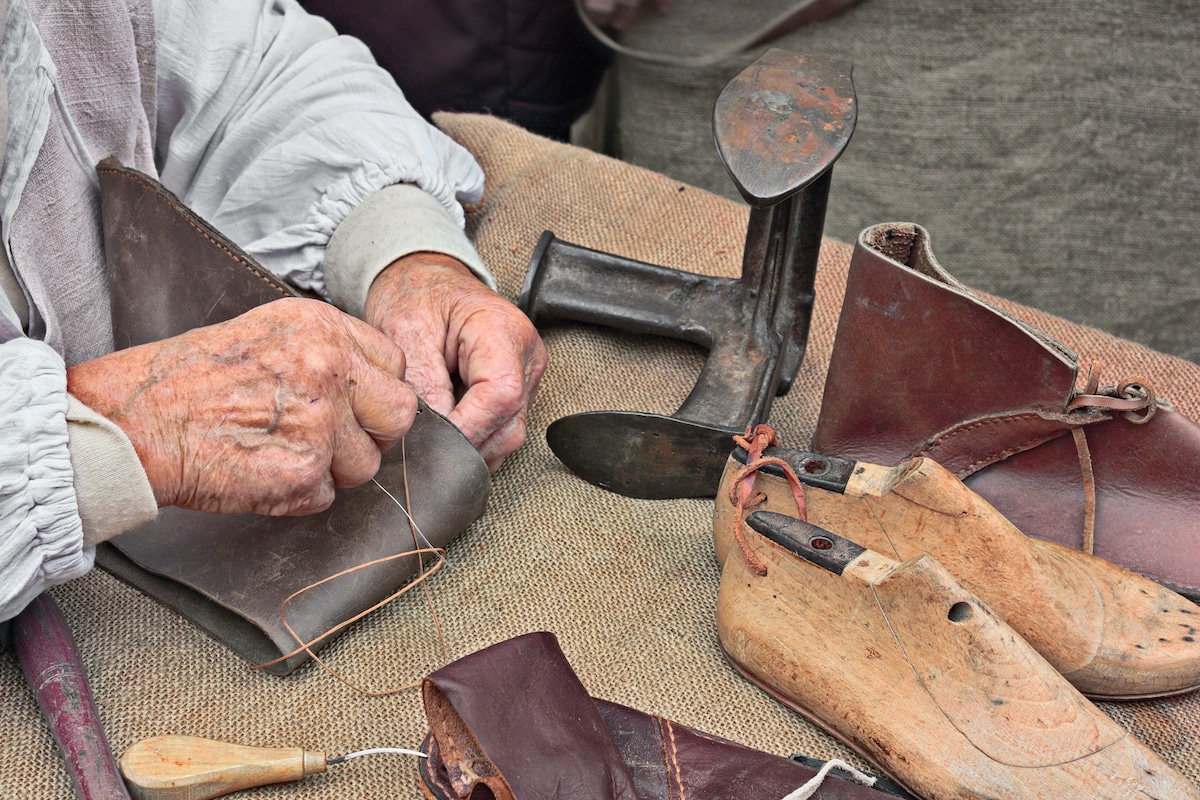 Shoes
Shoes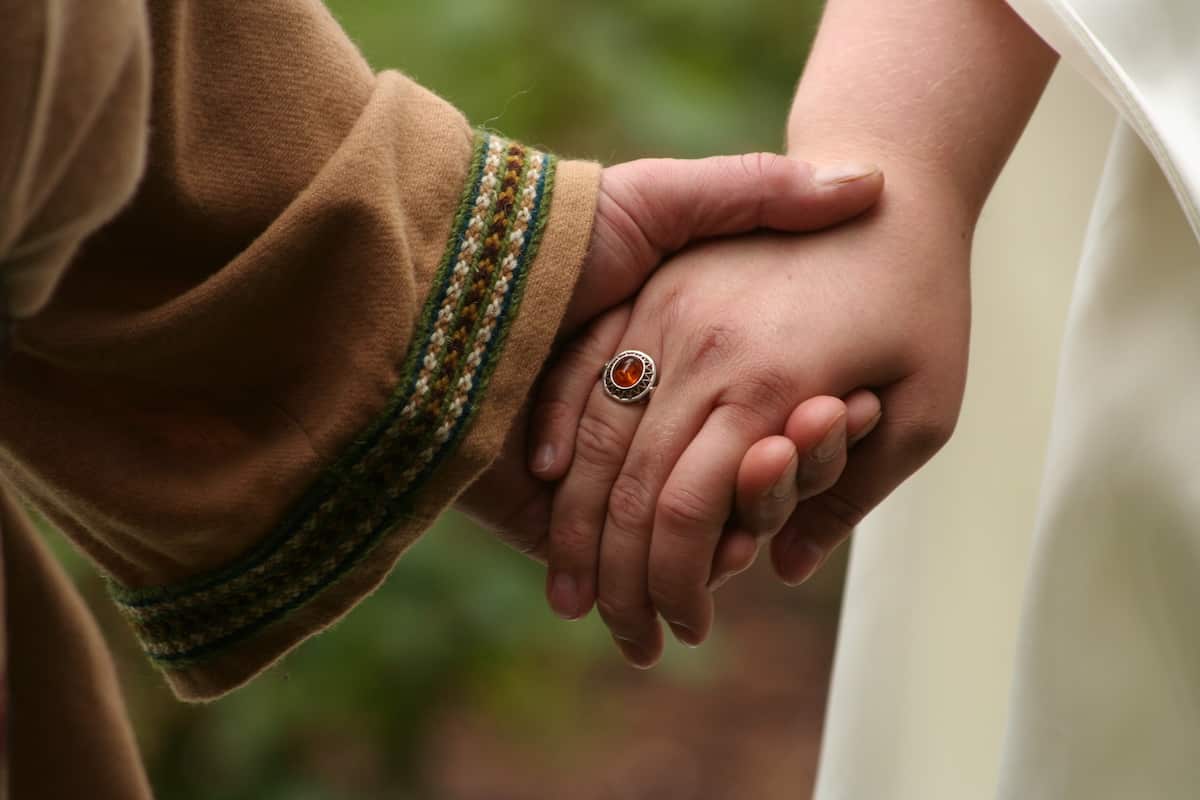 Rings
Rings Necklaces & Pendants
Necklaces & Pendants Bracelets
Bracelets